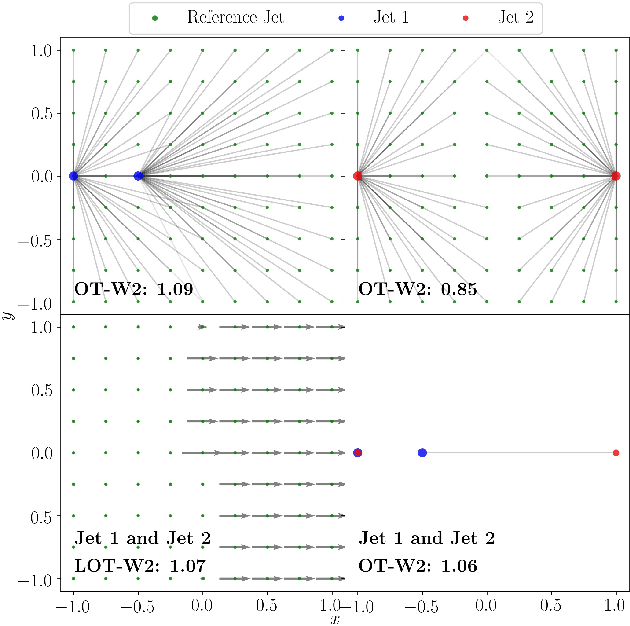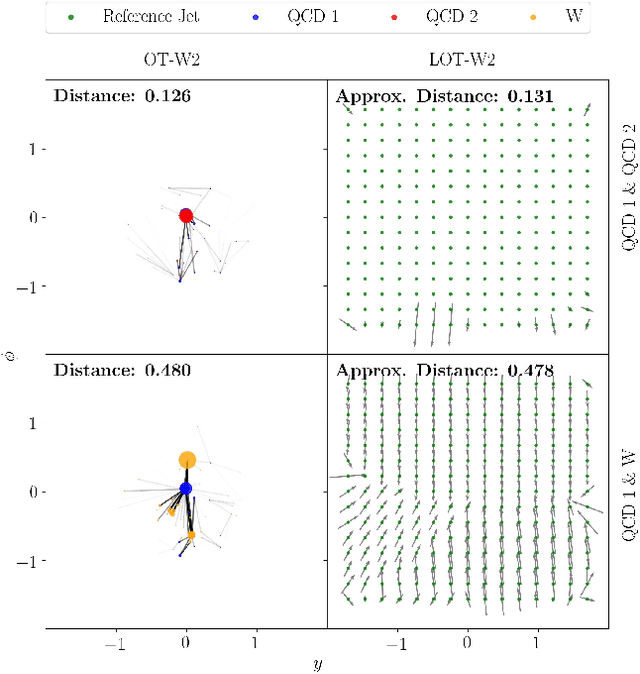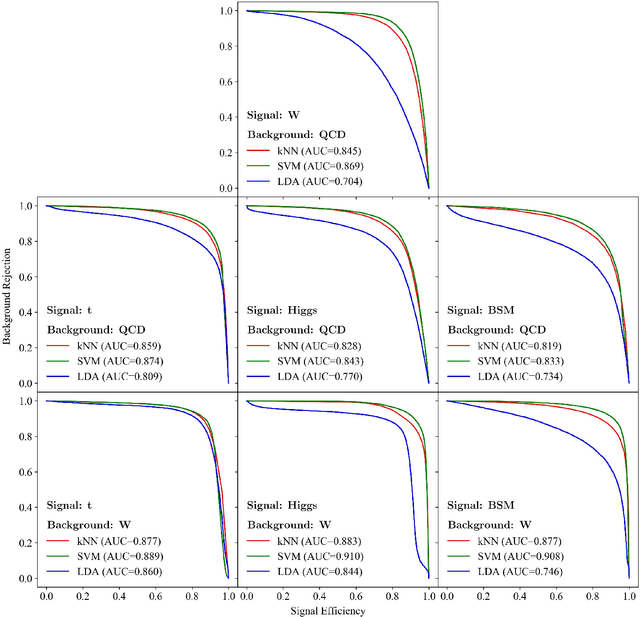Junyi Cheng
An unsupervised approach for semantic place annotation of trajectories based on the prior probability
Apr 20, 2022



Abstract:Semantic place annotation can provide individual semantics, which can be of great help in the field of trajectory data mining. Most existing methods rely on annotated or external data and require retraining following a change of region, thus preventing their large-scale applications. Herein, we propose an unsupervised method denoted as UPAPP for the semantic place annotation of trajectories using spatiotemporal information. The Bayesian Criterion is specifically employed to decompose the spatiotemporal probability of the candidate place into spatial probability, duration probability, and visiting time probability. Spatial information in ROI and POI data is subsequently adopted to calculate the spatial probability. In terms of the temporal probabilities, the Term Frequency Inverse Document Frequency weighting algorithm is used to count the potential visits to different place types in the trajectories, and generates the prior probabilities of the visiting time and duration. The spatiotemporal probability of the candidate place is then combined with the importance of the place category to annotate the visited places. Validation with a trajectory dataset collected by 709 volunteers in Beijing showed that our method achieved an overall and average accuracy of 0.712 and 0.720, respectively, indicating that the visited places can be annotated accurately without any external data.
Linearized Optimal Transport for Collider Events
Aug 19, 2020



Abstract:We introduce an efficient framework for computing the distance between collider events using the tools of Linearized Optimal Transport (LOT). This preserves many of the advantages of the recently-introduced Energy Mover's Distance, which quantifies the "work" required to rearrange one event into another, while significantly reducing the computational cost. It also furnishes a Euclidean embedding amenable to simple machine learning algorithms and visualization techniques, which we demonstrate in a variety of jet tagging examples. The LOT approximation lowers the threshold for diverse applications of the theory of optimal transport to collider physics.
 Add to Chrome
Add to Chrome Add to Firefox
Add to Firefox Add to Edge
Add to Edge